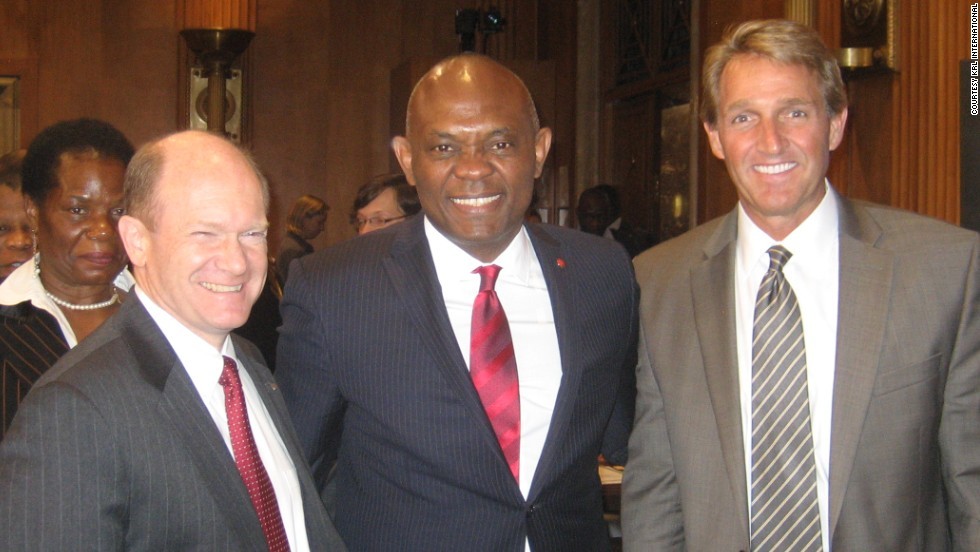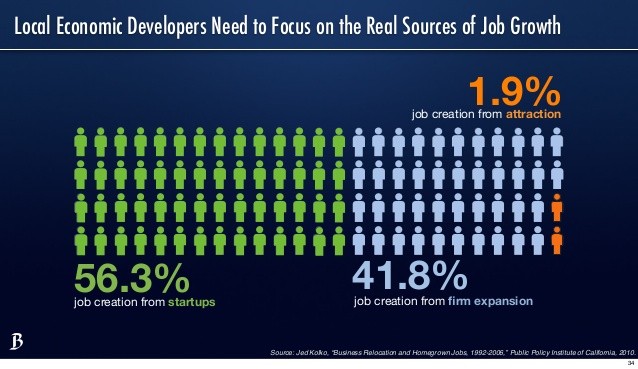Public investment The next new thing for powering economic growth
Post on: 16 Март, 2015 No Comment

Share this page:
America’s stock of human and physical capital, public and private, can be thought of as the most tangible representation of the nation’s wealth. It is largely what allows the U.S. workforce to produce more per hour worked than most of the rest of the world, and it is the most valuable economic legacy we pass on to future generations.
Public investment by federal, state, and local governments builds the nation’s capital stock by devoting resources to the basic physical infrastructure (such as roads, bridges, rail lines, airports, and water distribution), innovative activity (basic research), green investments (clean power sources and weatherization), and education (both primary and advanced, as well as job training) that leads to higher productivity and/or higher living standards. While private actors also invest in these areas, they do so to a much smaller degree, in part because the gains from public investment accrue not just to those undertaking the investment, but to a wide range of people and businesses.
In recent years, some debate has centered around increasing public investment to provide a near-term boost to the job market, based on research showing that infrastructure investment is about the most efficient fiscal support one can provide to a depressed economy. But there is also an enormous amount of economic evidence demonstrating that public investment is a significant long-run driver of productivity growth—and hence growth in average living standards. This lesson was lost in recent decades because —in a break from historical trends—productivity acceleration in the late 1990s was driven largely by private-sector investments in information and communications technology (ICT) equipment, and not by increased public investments.
However, it is time to re-learn this lesson. A new round of research in the last decade confirmed the large impact of public investment on productivity growth. At the same time, the contribution of private ICT investment to productivity growth seems to be fading. The surest route to returning to the productivity growth we enjoyed in the post-World War II era and again in the late 1990s requires a substantial increase in public investments.
This paper summarizes what the research tells us about the role of public investment in driving broad and long-term economic growth and constructs estimates of how much an increased effort in public investment could boost growth in the coming decade. The findings are compelling:
- Investments in public capital have significant positive impacts on private-sector productivity, with estimated rates of return ranging from 15 percent to upwards of 45 percent. (Our preferred estimate is 30 percent, which coincidentally is roughly equivalent to the rate of return on investment in information and communications technology.)
- A consistent research finding is that public capital offers a higher rate of return than most forms of private capital.
- Increasing public investment by just under $250 billion per year on average for the next 10 years (a path outlined in Investing in Americas Economy. a joint EPI/Demos/Century Foundation plan described later in the text) could increase gross domestic product by a greater percentage every year—producing a GDP that is 0.9 to 2.8 percent higher in 2021 than it otherwise would have been. And a significant fraction (40–75 percent) of the plan’s budgetary cost could be essentially self-financing.
- Public investment has benefits that extend beyond simply increasing measured GDP: It also offers benefits that are more broadly shared by all Americans.
- Public investment produces benefits that cannot be measured, such as safer water and cleaner air.

These findings strongly suggest that increasing public investment is a more urgent policy priority than cutting spending. A significant increase in public investment spending would boost jobs in the short run and pay enormous dividends in more rapid productivity growth in coming decades. In contrast, the payoff to spending cuts would be depressed job growth in the next few years and foregone productivity gains in the longer run.
In the short run (say, over the next three years), greater public investment would provide valuable support to an economy and job market that are growing far too slowly in the continued wake of the Great Recession. The basic problem with the economy today is a shortfall of aggregate spending. Undertaking new projects to build roads and schools, hire teachers and scientists, and retrofit houses and businesses would help to remedy that shortfall and create new jobs. 1
In the short run, while the U.S. economy continues to operate well below potential, this public investment should be debt-financed to maximize job creation. In the long run, as the economy returns to potential, the proper financing for these projects will depend on the economic circumstances prevailing at the time. If the returns to public investment are large enough, then they can unambiguously improve the welfare of both present and future generations even if they are debt-financed. What is even more important over the long term than how they are financed, however, is that they get done.
The short term: public investment to provide the U.S. economy with a needed boost
As of March 2012 the unemployment rate stood at 8.2 percent and had been at or above this level since February 2009. Further, the pace of economic growth dropped to just above 1.7 percent for 2011, a rate far below the 3.0 percent GDP growth of 2010 and a pace that is unlikely to put sustained downward pressure on unemployment rates.
The roots of this slow growth were the same as the roots of the Great Recession, which saw the economy shrink by 5.4 percent: Households, businesses, and governments were simply not spending enough to keep the labor force and the nation’s capital stock fully employed. The normal economic mechanisms that push spending back up as some sectors’ spending falters—falling interest rates and automatic fiscal stabilizers such as increased unemployment insurance—were overwhelmed by the contraction in private spending after the $8 trillion housing bubble burst. The short-term interest rates controlled by the Federal Reserve have stood at essentially zero since December 2008, and large mechanical increases in budget deficits caused by lower tax revenue and increased safety-net spending in the recession’s wake have failed to spur a robust recovery.
The American Recovery and Reinvestment Act (ARRA) provided help over and above what the automatic stabilizers were able to deliver. The bulk of the ARRA’s effect was felt in 2009 and 2010: The Recovery Act added roughly 3 million jobs at its peak and kept the unemployment rate about 1.5 percentage points below where it otherwise would have peaked. 2 ARRA provided for a significant temporary increase to public investment. But when spending from the Recovery Act began ramping down, it added to the overall (federal, state, and local) fiscal drag on growth in 2011. New stimulative measures passed by Congress at the end of 2010—a payroll tax cut, extension of unemployment benefits, and more generous provisions for businesses to expense investments for tax purposes—somewhat compensated for the dropoff.
Most of these policies were continued into 2012, but under the current law baseline for 2013, fiscal support to the economy would drop sharply. The payroll tax cut and the extensions to unemployment insurance are set to expire, as are the entirety of the Bush-era tax cuts. Further, additional cuts called for under the debt-ceiling deal reached in summer 2011 will occur when underlying growth in the economy is actually below the long-run trend and hence below what is needed to lower unemployment.
Given this context—continued high joblessness under current law implying a steep fiscal contraction—the case for expediting public investment in the near term is strong. The downsides to increasing federal deficits in a healthy economy—rising interest rates that crowd out private-sector spending—are not operative in an economy beset by large slack in aggregate demand. Indeed, the $1.4 trillion deficit of 2011 has been accompanied by the lowest long-term interest rates on U.S. government debt in history—and these lows were reached even after Standard & Poor’s downgraded U.S. government debt.
New spending in the near term would essentially constitute a macroeconomic “free lunch,” putting idle resources back to work without displacing any other economic activity. Indeed, by supporting overall economic activity without increasing interest rates, debt-financed spending in the next couple of years might even crowd in private-sector activity, since studies show that a primary determinant of business investment is the current state of the economy.
The Obama administration made substantial infrastructure investments (nearly $100 billion worth) a central part of its American Jobs Act, a plan proposed in 2011 that, if passed, would move fiscal policy from being a serious economic drag to being a useful boost to growth in the next two years. Yet these infrastructure investments have not passed Congress. This is unfortunate, because infrastructure investment is about the most efficient fiscal support one can provide to a depressed economy—a finding supported by nearly all macroeconomic models and forecasts. 3 Further, public investment provides a long-term growth payoff as well as a near-term boost to the job market.














